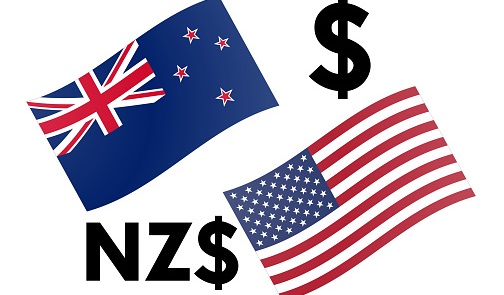The US dollar continued to gain strength and equity markets remained under pressure as no resolution to the debt ceiling caused risk-off moves, and also we had warnings on the US debt limit stalemate from both Moody’s and Fitch today.
Fitch placed the United States’ ‘AAA’ on rating watch negative and noted that “The contested 2020 presidential election, brinkmanship over the debt limit to advance political agendas, and failure to reach consensus on the country’s fiscal challenges are recent signs of the deterioration in governance.”
The ratings agency Fitch also said that the “United States’ ‘AAA’ rating watch negative reflects increased political partisanship that is hindering resolution to raise or suspend debt limit.”
The South Korea economy also placed a central role in the Asian session as the Bank of Korea maintained its base rate at 3.5% during its May meeting, as widely expected, holding rates for the third straight time as inflation appears to be slowing amid an economic slowdown.
Essentially, the move came after the central bank delivered seven consecutive hikes since April 2022. Policymakers said the domestic economy has continued to slow, with ongoing sluggishness of exports and investment.
Still, the economy is expected to improve gradually from H2 of 2023, due to a recovery in China and in IT industry. For this year, GDP growth is projected to be 1.4%, less than the February forecast of 1.6%.
Meantime, 2023 headline inflation is forecast to be 3.5%. Core inflation is estimated to be 3.3%, higher than the previous forecast of 3.0%.
The board reiterated it will judge whether the base rate needs to rise further while assessing the pace of inflation slowdown, downside risks and financial stability risks, the effects of tightening, and policy changes in major countries.
Also saw inflation data from the South Korean economy in the form of PPI. Producer Price Inflation in South Korea dipped 0.10 percent on a monthly basis in April 2023 following a 0.10 percent increase in March of 2023.
It pointed to the first month of decline in producers’ inflation since December 2022 led by falls in factory gate prices for electric power, gas, water & waste and agricultural, forestry & marine products.




